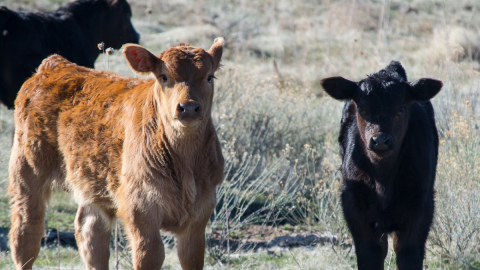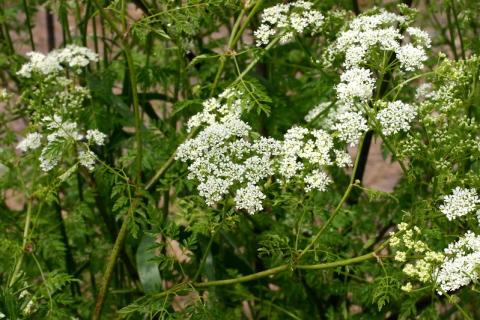Pasture and Forage Minute: Hunting Rights with Land Leases, Fall Thistle Control
October 3, 2023
A look at landlord and tenant hunting rights in land leases, and tips on managing pasture thistles this fall.
Pasture and Forage Minute: Lease Agreement Conditions, Grazing Drought-stressed Crop Residue
September 27, 2023
Extension educators review important factors to consider when entering a land lease agreement, overgrazing pastures in preparation for interseeding legumes, and using drought-stressed crop residue as a feed source.
Pasture and Forage Minute: Understanding Nitrate Scores, Corn Silage Pricing
September 6, 2023
Extension educators review the importance of understanding nitrate and nitrate nitrogen scores in forage test results, how to price corn silage to salvage drought-stressed crops, and selecting winter annual forages.
Pasture and Forage Minute: Nebraska Grazing Conference, Summer Annual Forages and Pricing CRP Hay
July 17, 2023
Make plans to attend the 2023 Nebraska Grazing Conference, tips to help make sure summer annual grass hays are dry and of good quality, and how to price CRP hay.
Pasture and Forage Minute: Low Hay Stocks, Grazing Shifts, Toxic Pasture Plants
June 13, 2023
With the lowest level of hay stocks since 1974, extension educators stress the importance of taking inventory of feed and hay resources, and to begin planning for next year's needs right now.
Pasture and Forage Minute: Small Grains and Grass Harvest, Fencing Costs
May 23, 2023
This week — Nebraska Extension educators share target protein levels of small grains and grass hay for the upcoming harvest, and analyze the cost of various fencing options.
Pasture and Forage Minute: Calculate ROI Before Fertilizing Pastures
April 26, 2023
This week: Fertilizing pastures — an in-depth analysis on the economics of applying fertilizer to Nebraska pastures this season.






